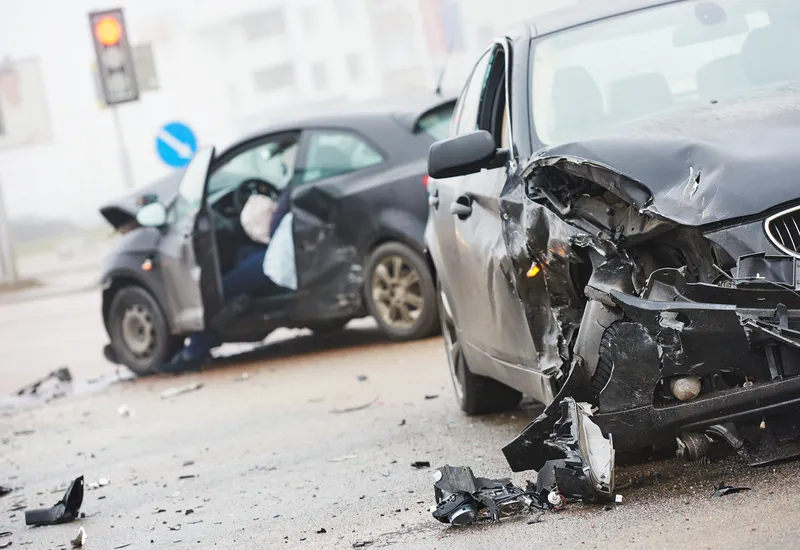The Florida Department of Highway Safety and Motor Vehicles' (DHSMV) recently-released third annual Red-Light Camera Summary Report analysed data from 68 police agencies in the cities and towns in Florida where red-light safety cameras are deployed. The report shows a decrease in red-light running violations and crashes at intersections with red-light safety cameras and is consistent with results from previous state reports affirming the effectiveness of this important law enforcement tool. Total violations
January 6, 2015
Read time: 2 mins
The Florida Department of Highway Safety and Motor Vehicles' (DHSMV) recently-released third annual Red-Light Camera Summary Report analysed data from 68 police agencies in the cities and towns in Florida where red-light safety cameras are deployed. The report shows a decrease in red-light running violations and crashes at intersections with red-light safety cameras and is consistent with results from previous state reports affirming the effectiveness of this important law enforcement tool. Total violations decreased 14 percent from the 2013 study.
Out of the total 68 cities with red light cameras, 52 listed an improvement in driving behaviour, public awareness, reduction in reoffending, reduction in number of violations issued, severity of crashes, reduction in crashes, and/or increases in driver and pedestrian safety as specific additional results of the red light camera program.
Out of 23 cities that listed additional factors the jurisdiction felt most important to consider when selecting an intersection for red light cameras, 54 percent listed public safety-related factors, including the number of fatal crashes and hit and runs occurring at the intersection as well as pedestrian safety concerns.
Results in the DHSMV mirror those found in the 2014 Florida Office of Program Policy Analysis and Government Accountability (OPPAGA) analysis that reported a 49 per cent decrease in fatal crashes at red-light safety camera intersections on state roads saving an estimated 18 lives. A separate analysis released in December 2013 by the National Center for Statistics and Analysis, an office of the834 National Highway Traffic Safety Administration, shows red-light running fatalities decreased 27 per cent in Florida, from 83 fatalities in 2011 to 61 in 2012, outpacing the nation's five per cent decrease. Every averted traffic fatality involves an economic savings. The estimated cost to each community for a single traffic fatality is estimated to be in the millions, according to cost components selected by the 831 Federal Highway Administration.
Out of the total 68 cities with red light cameras, 52 listed an improvement in driving behaviour, public awareness, reduction in reoffending, reduction in number of violations issued, severity of crashes, reduction in crashes, and/or increases in driver and pedestrian safety as specific additional results of the red light camera program.
Out of 23 cities that listed additional factors the jurisdiction felt most important to consider when selecting an intersection for red light cameras, 54 percent listed public safety-related factors, including the number of fatal crashes and hit and runs occurring at the intersection as well as pedestrian safety concerns.
Results in the DHSMV mirror those found in the 2014 Florida Office of Program Policy Analysis and Government Accountability (OPPAGA) analysis that reported a 49 per cent decrease in fatal crashes at red-light safety camera intersections on state roads saving an estimated 18 lives. A separate analysis released in December 2013 by the National Center for Statistics and Analysis, an office of the









